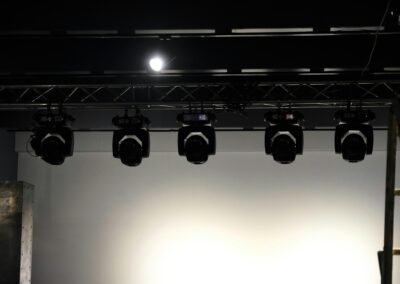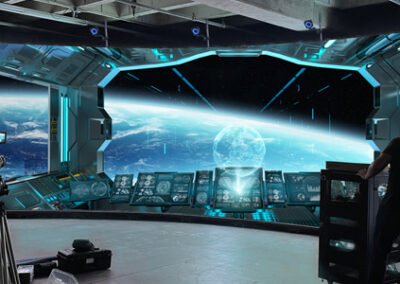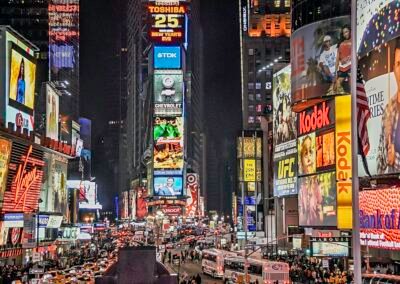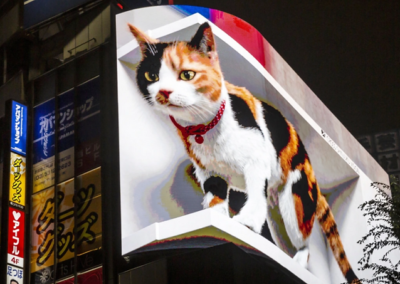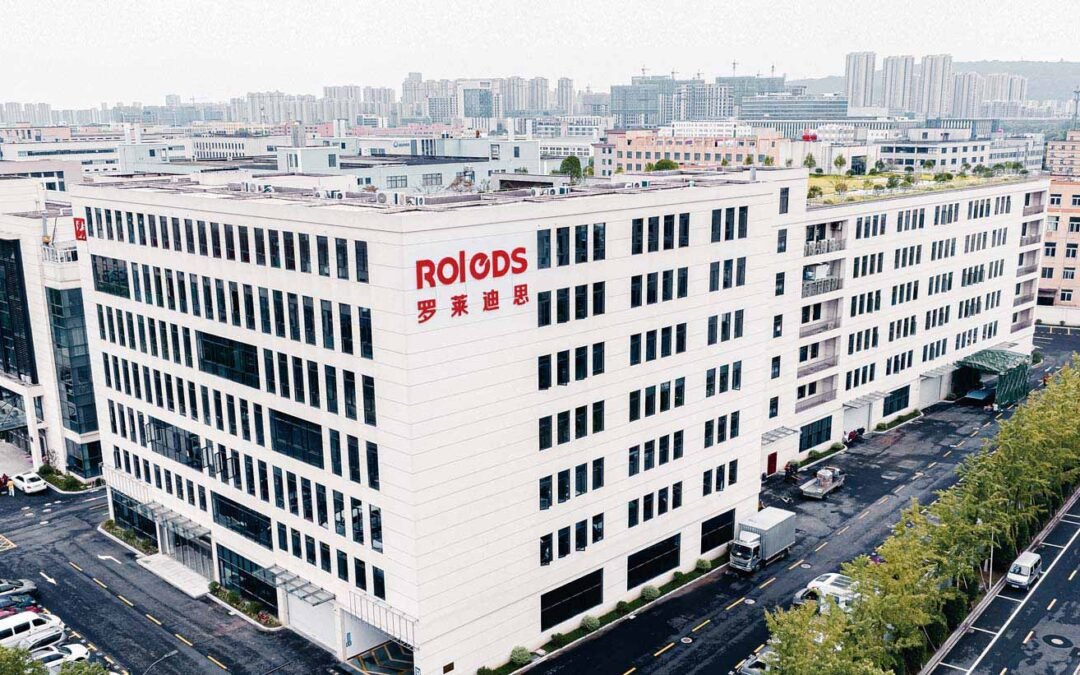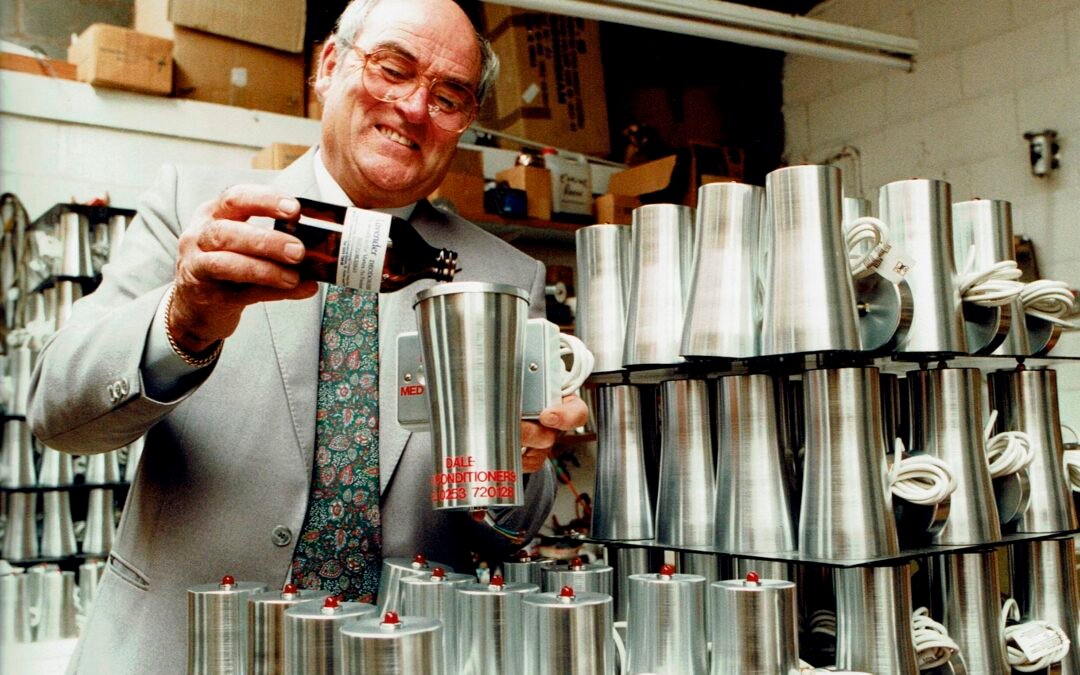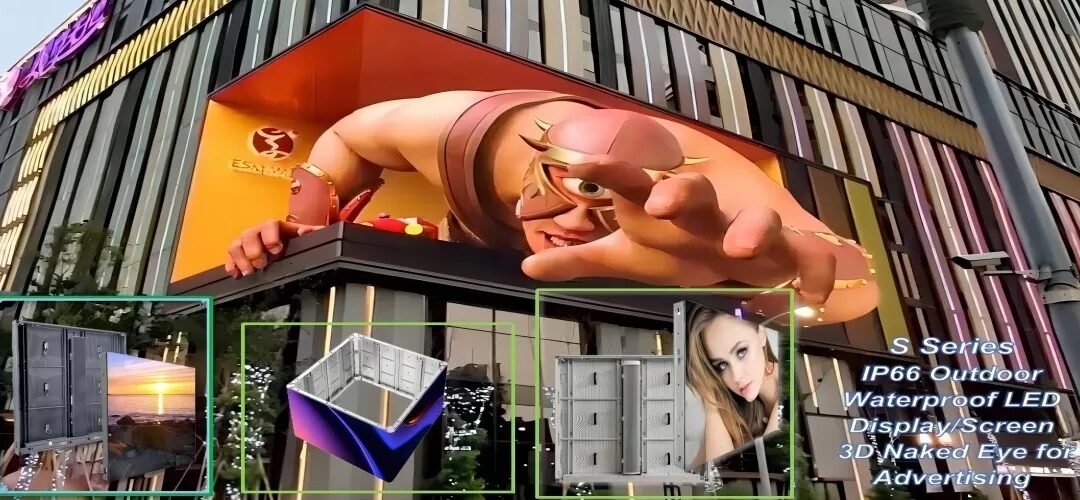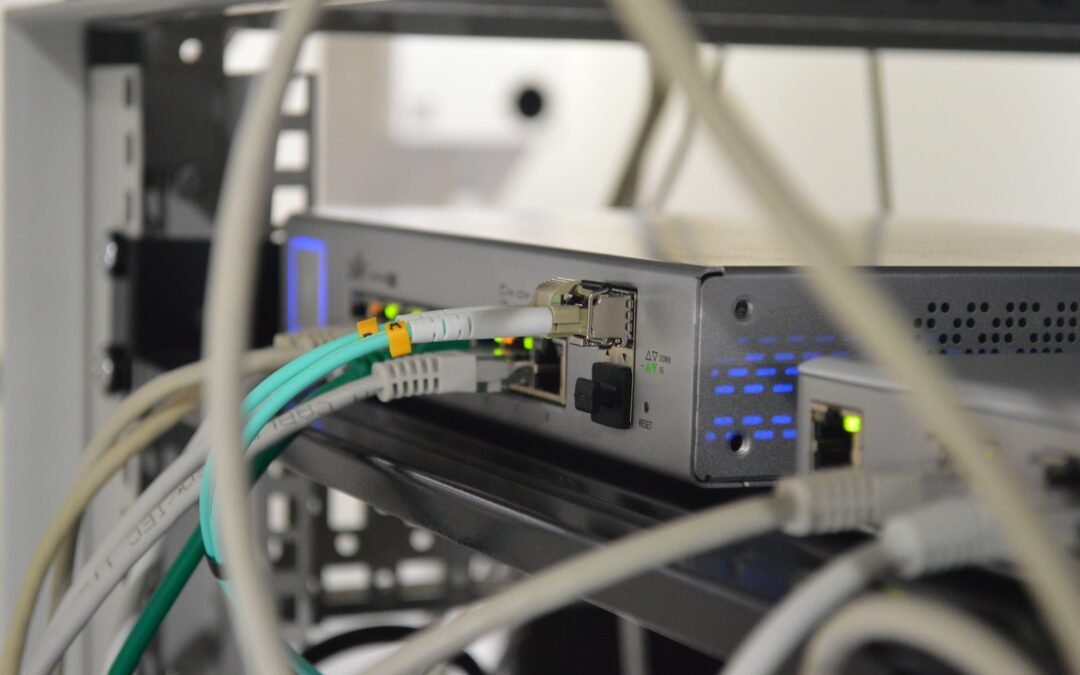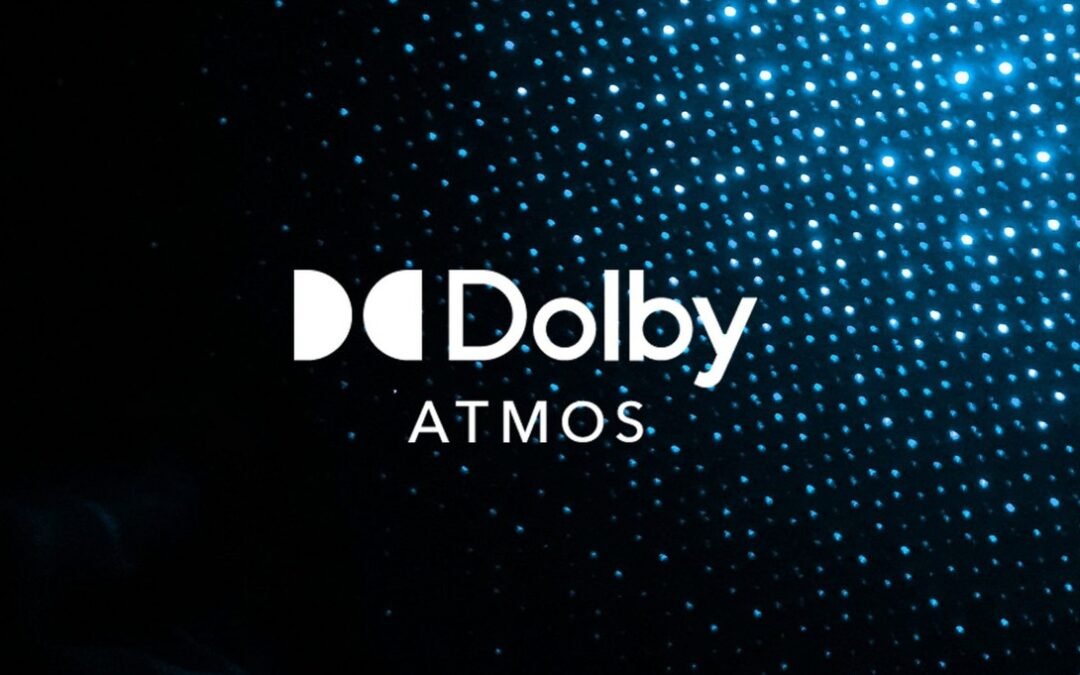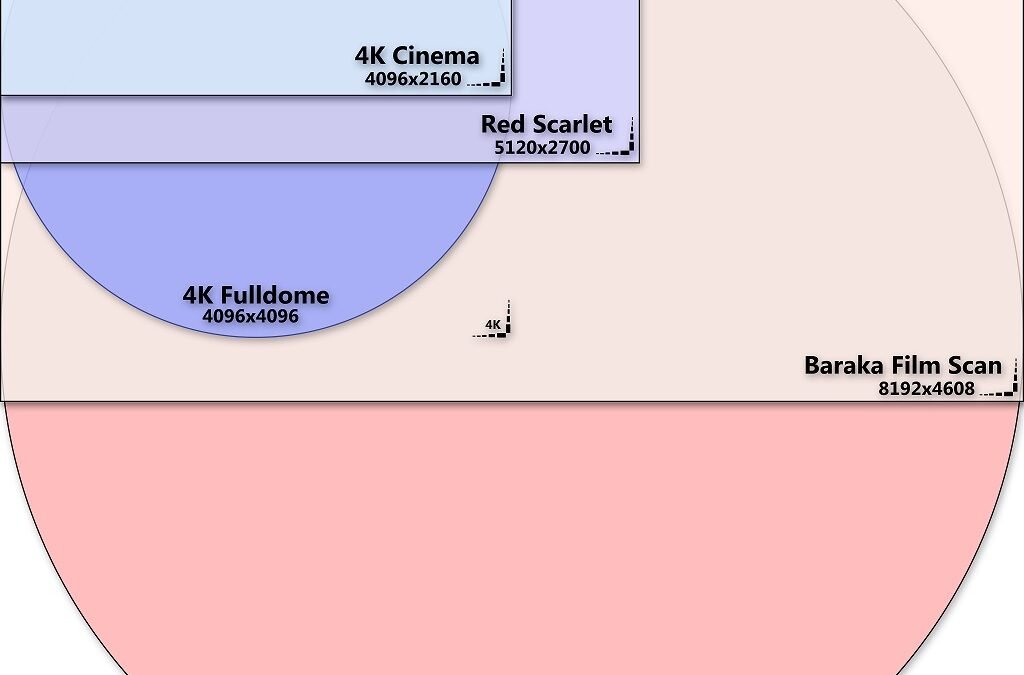Shenzhen Gloshine Technology Co., Ltd Founded in 2006 in Shenzhen China Is a professional and high-tech company which engaged in indoor and outdoor full-color LED display related to the research, development, production, sales of products. Have full sets advanced and professional production system GLOSHINE technology pay attention to LED field research, production, sales and leasing services since its inception, and committed to provide its customers with full range of solution. Gloshine technology, which have modern production, SMT high-speed patch machine, high temperature reflow soldering, glue filing machine and standardized product aging production line modern production equipment, automatic angle tester, automatic constant temperature and humidity testing, BM-7 chromatic brightness tester ect. To ensure products batch, large-scale productions but also make sure first-class products quality. Head office is located in Shenzhen GLOSHINE head office is located in Shenzhen and the factory area is more than 40,000 square meters. Meanwhile, we have several branch offices all over China like Beijing, Shanghai and Chengdu etc. GLOSHINE has powerful productivity with over 20,000 square meters LED Screen produced per month. These products mainly include indoor and outdoor full color LED screen that can be used for rental, media and other fields.In addition, all of these products are certificated such as ISO9001:2015,ISO14001:2015, ISO45001:2018,CE,EMC,FCC,UL,ETL,MET,ROHS,CCC,RCM,EAC,SAA,CB,BIS etc https://www.youtube.com/watch?v=duK0MzbU-xw 15+Years experience 20000+sqm/month LED screen production capacity 40000+sqm Building Area An authoritative research team GLOSHINE has several authoritative professors in the industry, gathered professors in electronic information engineering, computer, management ect, which constituted a first-class research and management group. We have numerous technical workers which have full experience and a group of efficiency and aggressive, the company has a good reputation foundation and quality guarantee of...


